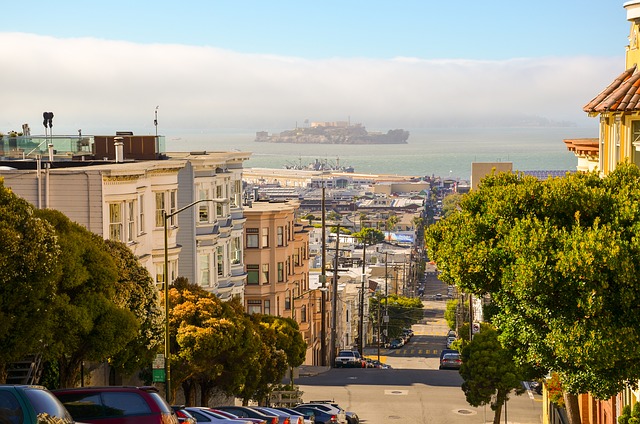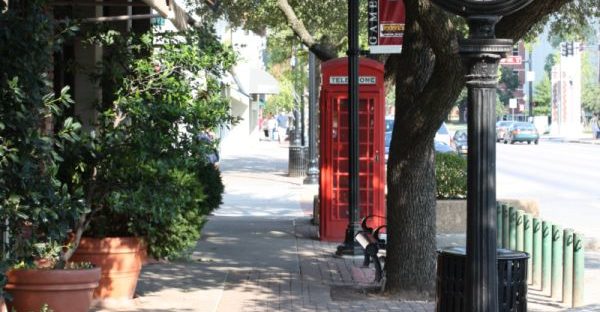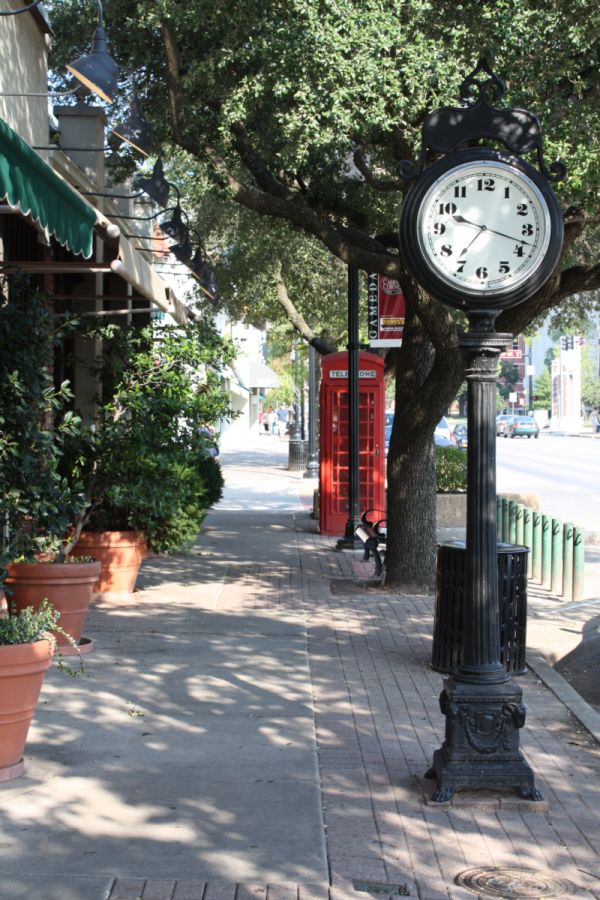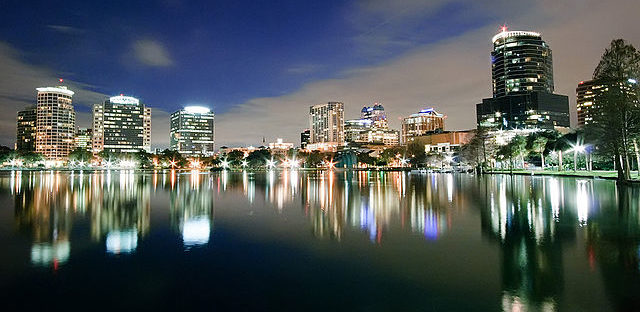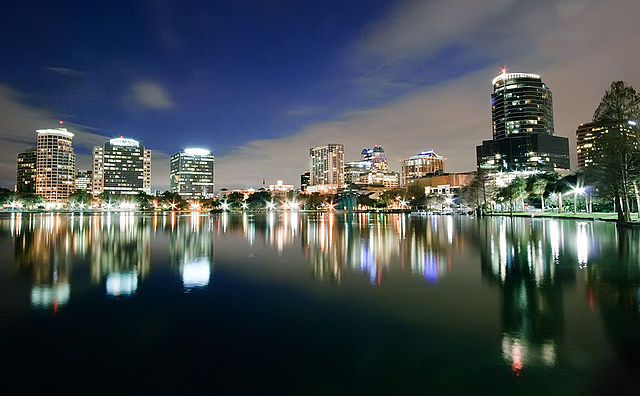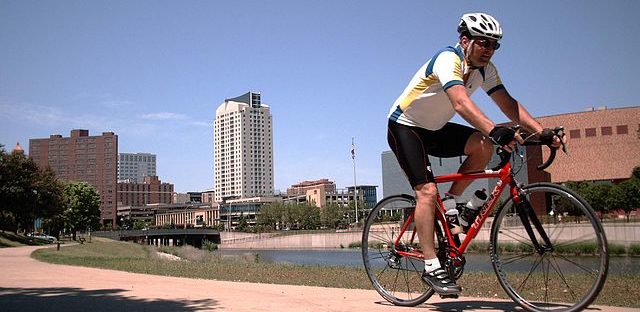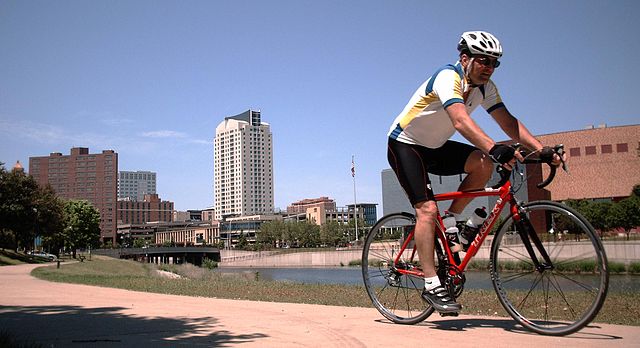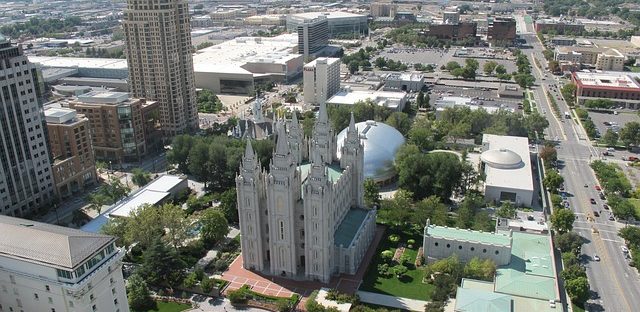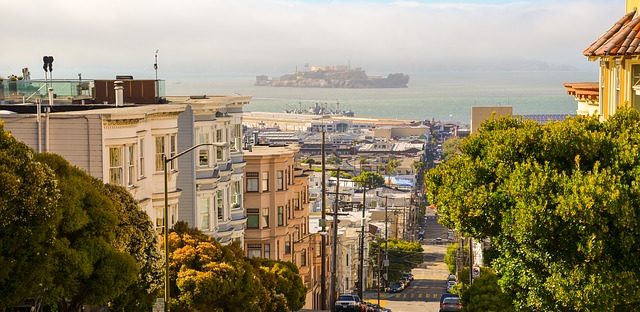- Target: 100% renewable electricity supply by 2032
- Status: In progress
- RES: Solar energy
- Implementation: Moab is a town surrounded by National Parks in the US western state of Utah. In February 2017, the City Council voted on a resolution to commit to reaching a 100% renewable electricity supply in the community by 2032. The decision was made based on community's concern for the environment and for the local economy. To demonstrate its leadership, the City voted on the resolution as it was completing an expanded 63 kW solar array on the City Hall building. The resolution also commits the city's municipal operations to be powered by 100% renewable sources in 2027, five years earlier than the entire community, with an interim goal of achieving 50% renewable power by 2024. The resolution also contains greenhouse gas reduction targets of 80% below 2018 levels by 2040, and 50% below 2018 levels by 2032. To help the city stay on track and communicate progress, the resolution calls for updating the greenhouse gas inventories every three years and publishing progress on the 100% renewable power goals every other year.
- Population: 5,253 (2017)
- Area: 4.1 sq mi (10.7 km2)
- Link: https://moabcity.org/478/Sustainability
Tag: United States
Norman, Oklahoma, USA
- Target: 100% renewable energy by 2050
- Status: In progress
- RES: Solar power
- Implementation: Largely rural, the city of Norman is home to the University of Oklahoma, the state’s largest university. Since 2018, Norman had worked towards replacing its oil and gas dependency with natural wind and solar resources. The move towards 100% clean energy began when a franchise agreement between the city and its utility provider, Oklahoma Gas & Electric (OG&E) had expired which prompted activists to urge the city to transition to cleaner energy options. Fracking in the state had resulted in methane pollution, earthquakes, and water contamination. This also provide a strong impetus for increasing Oklahoma’s renewable energy generation and consumption. After a year long campaign, the volunteer-led team persuaded the city to commit to 100% clean, renewable energy across all sectors, including heat and transportation, by 2050. The resolution was voted unanimously in 2018 and made Norman the first city in Oklahoma to adopt such a goal.
The Council acknowledged the environmental benefits, job opportunities, and economic advantages of renewable energy. There was strong cross-community support from environmental, commercial, educational, and faith groups. With its two utilities, OG&E (the primary utility) and OEC (a rural electric co-op), the city began determining its best options for moving to clean energy. The University of Oklahoma began using 100% renewable energy through the purchase of renewable energy credits. The city explored a solar program for its public schools and looked at updating its legislation to make the adoption of solar energy easier. A 2017 pilot program incentivized energy-efficient home building. The city included further plans to promote electric vehicles and greener building practices. - Population: 124,880 (2019)
- Area: 189.4 sq mi (490.6 km2)
- Link: https://www.sierraclub.org/press-releases/2019/03/norman-becomes-first-oklahoma-city-commit-100-percent-clean-renewable-energy
Orlando, Florida, USA
- Target: 100% renewable electricity in city operations by 2030, community-wide by 2050
- Status: In progress
- RES: Solar PV
- Implementation: In August 2017, Orlando’s City Council unanimously passed the resolution to transition to 100% clean energy target. It was led by Mayor Buddy Dyer, and supported by local organizations, including the League of Women Voters, IDEAS for Us, the NAACP, and Sierra Club. The coalition worked to secure a commitment to replace the city utility’s two remaining coal generation units with renewable sources. Solar farms were developed by the city with more planned for the future. In Orlando, the farms benefited from an average of 300 days of sunshine a year. One solar farm today powers Orlando’s city hall and police station.
To address the upfront costs of solar infrastructure and concerns about availability, Orlando worked closely with its municipal utility, the Orlando Utilities Commission, to decarbonize its energy mix, expand the availability of solar energy, and create programs that reduce the upfront costs for consumers. The Community Solar program allowed residents and businesses to choose the source of their energy, with up to 100% coming from renewable sources, and Collective Solar, a cooperative model enabled homeowners to opt-in to rooftop solar at reduced costs. The PACE program was implemented, providing $500 million in clean energy financing to residents and businesses. The city worked to ensure a sustainable, clean energy economy by requiring that all new buildings be certified LEED Silver at minimum. Every new building must also be solar-ready or have the capacity to add on solar. Other steps taken included reducing the costs of solar, streamlining the new building permit process, implementing contractor training, and clearly defining solar-energy equipment in its energy code. Economic barriers to clean energy adoption is addressed through programs which subsidize the retrofitting homes of lower-income residents. - Population: 307,573 (2020)
- Area: 119.08 sq mi (308.41 km2)
- Link: https://www.orlando.gov/Initiatives/2018-Community-Action-Plan
Palo Alto, California, USA
- Target: 100% renewable electricity supply
- Status: In progress
- RES: Large scale solar
- Implementation: In July 2013, Palo Alto voted to make the city’s electricity supply 100% renewable as part of the city’s commitment to carbon neutrality. As a precursor to this decision, the local Department of Utilities first offered a 100% renewable electricity plan. The 100% renewable power option was to be entirely supplied by solar RECs (renewable energy certificates). In 2015, the state of California adopted a new Renewable Portfolio Standard (RPS), requiring that all utilities in the state should supply 50% of their retail electric sales from eligible renewable resources by 2030. Those enrolled in the renewable power option have been mostly residential customers (95%), and the rest being commercial customers. Currently, Palo Alto is powered by several large-scale solar projects. The City Council has a Carbon Neutral Electric Resource Plan which commits Palo Alto to using carbon neutral electric resources. The Plan is designed to be transparent, credible, sustainable, inspirational and replicable. In keeping with the City’s efforts to combat climate change, the plan effectively eliminates all greenhouse gas (GHG) emissions from the City’s electric portfolio. The Plan's strategy was two-fold. First, between 2013 and 2016, the City would purchase short-term renewable resources and/or renewable energy certificates (RECs) to supplement existing and committed long-term renewable and hydroelectric resources, which account for 65% to 83% of the portfolio. And second, beyond 2016, long-term renewable resources will provide about a 50% RPS level within the existing 0.5 ₵/kWh annual RPS rate limit. Since about 50% of the electric supply portfolio is already sourced from carbon-free hydroelectric resources, the additional cost of achieving carbon neutrality between 2017 and 2020 is calculated to be very small.
- Population: 67,024 (2016)
- Area: 25.77 sq mi (66.75 km2)
- Link: Palo Alto Sustainability
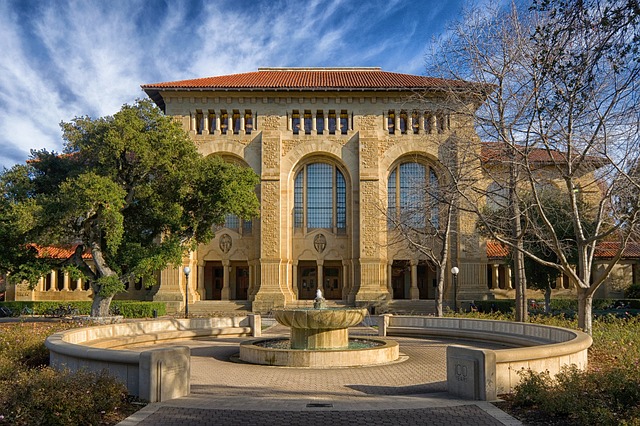
Park City, Utah, USA
- Target: 100% renewable electricity for city operations by 2022, and for the whole community by 2032.
- Status: In progress
- RES: Solar energy
- Implementation: Park City is a small town located in the Rocky Mountains of Utah, and is renowned for its ski resorts and Sundance Film Festival. In October 2016, its Mayor signed on to the Climate Reality Project's 100% renewable electricity campaign, which commits the city to achieving a 100% renewable electricity supply for the community by 2032. The pledge was driven by concerns about the impact on the community of a warming climate and a desire to show that mountain communities can lead the way on transitioning to renewables.
- Population: 8,378 (2017)
- Area: 17.567 sq mi (45.50 km2)
- Link: Park City Renewable Energy
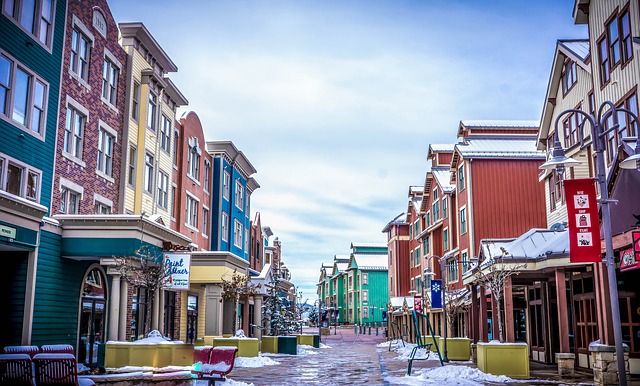
Rochester, Minnesota, USA
- Target: 100% renewable energy in electricity, heating/cooling, and transportation sectors community wide by 2031
- Status: In progress
- RES: To be planned.
- Implementation: Rochester is a small city located near the southeast corner of the state of Minnesota in the midwestern United States. In 2015, the city's Mayor released a proclamation declaring the city's commitment to transitioning to 100% renewable energy in the electricity, heating/cooling, and transportation sectors by 2031. The reasons behind the goal were climate protection, environmental preservation, and political expedience and mobilisation. Several actions were suggested: prioritizing energy efficiency, electrifying the heating/cooling and transportation sectors, maximizing citizen participation and development of new business models, educating the community, and adopting an integrated approach to energy, economic, and infrastructure policy. Although not legally binding and not accompanied with a strategic action plan, it is hoped that the City of Rochester's proclamation would create sufficient political momentum to set the City on the right path. In 2018, the Rochester Public Utilities Board finally commits to the creation of an implementation plan for Rochester to achieve its 100% renewable energy target.
- Population: 115,733 (2017)
- Area: 55.48 sq mi (143.70 km2)
- Link: https://www.rochestermn.gov/Home/ShowDocument?id=9421
Rockport, Missouri, USA
- Target: 100% renewable energy
- Status: Achieved
- RES: Wind energy
- Implementation: Rock Port Missouri announced itself as the first 100% wind powered community in the United States. Four wind turbines supplies all of its electricity. The turbines are located on agricultural lands within the city boundaries of Rock Port (Atchison County). The city consumes around 13 million kilowatt hours of electricity each year, although the four turbines have the capacity to generate 16 million kilowatt hours each year. Excess wind generated electricity not used by Rock Port homes and businesses is fed into the grid, which is purchased by the Missouri Joint Municipal Utilities for use in other areas.
University of Missouri Extension specialists say that there are excellent opportunities for sustainable wind power in northwest Missouri. There are currently 24 wind turbines in Atchison County, 24 in Nodaway County and 27 in Gentry County. The specialists say the wind farms will bring in more than $1.1 million annually in county real estate taxes. The wind power is also benefiting landowners, who can make between $3,000 to $5,000 leasing part of their property for wind turbines. The payback on a per-acre basis is quite good when compared to a lot of other crops, resulting in savings for the community, and savings for the rural electric companies. It is projected to provide electricity service over at least 20 years. The wind turbines have also attracted visitors , adding tourism revenue.
A map published by the U.S. Department of Energy indicates that northwest Missouri has the state's highest concentration of wind resources and contains a number of locations potentially suitable for utility-scale wind development. - Population: 1,227 (2016)
- Area: 2.77 sq mi (7.17 km2)
- Link: http://www.rockportwind.com
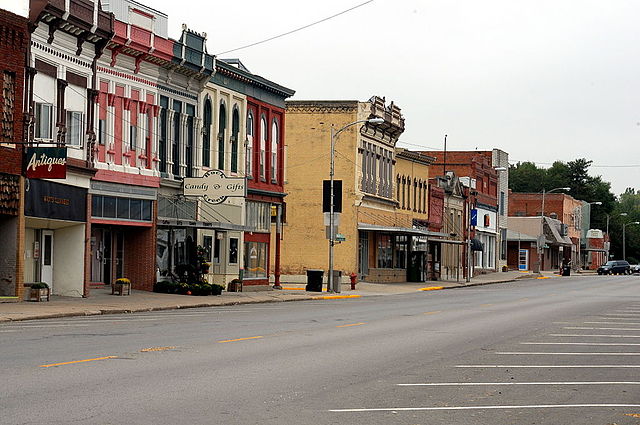
Salt Lake City, Utah, USA
- Target: 100% of the community’s electricity supply will come from renewables by 2032.
- Status: In progress
- RES: Solar
- Implementation: In July 2016 the officials of Salt Lake City (SLC), capital city of the US state of Utah, announced the 100% target on renewable energy. According to a Joint Resolution, published by the Mayor Biskupski and furthermore adopted by the City Council, 100% of the community’s electricity supply will come from renewables by the year 2032 and 80% of the community’s Greenhouse gas emissions – compared to the year 2009 – are supposed to cut off by 2040. The city's ‘Climate Positive SLC’ would show the progress, the goals and possibilities of how to enforce and achieve the conversion to 100% renewables. Four main pathways to achieve the target include: Clean Electricity Supply, Reducing Energy Waste (working with property owners and managers to explore new opportunities to save more energy), Active Transportation and Clean Vehicles (reduce prices for transit passes for its residents, new e-bike charging stations), and Community Partnership (process of sharing climate solutions).
- Population: 200,544 (2017)
- Area: 110.4 sq mi (285.9 km2)
- Link: https://www.slc.gov/sustainability/climate-positive/
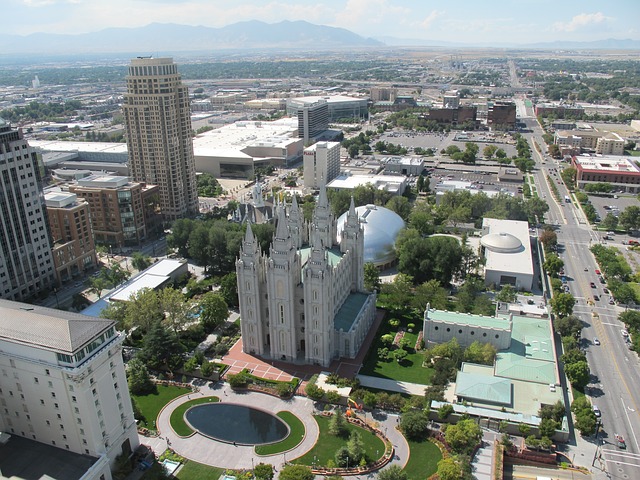
San Diego, California, USA
- Target: 100% renewable energy on the city-wide electrical grid by 2035.
- Status: In progress
- RES: Renewable electricity purchasing.
- Implementation: In 2015, the City of San Diego, California set the target of cutting GHG emissions in half and achieving 100% RE by 2035. The target was part of a comprehensive Climate Action Plan launched by Republican Mayor Kevin Faulconer. The plan was to also increase water and energy efficiency in buildings, intensify public transport, grow the number of electric vehicles, promote walking and cycling routes, zero-waste strategies and climate adaptation measures. The city would achieve the energy target through a Community Choice Aggregation (CCA) programme, which will enable it to purchase the electricity directly from various energy producers (gas, wind, solar, etc.) and sell it to residents and businesses. The power will be delivered to the consumers by the local utility SDG&E, which manages the power infrastructure, regulates the grid, and provides customer service, etc. The CCA programme differs from the past in that it allows the City of San Diego and its citizens to actively decide where their energy comes from. Previously, the utility had total control of the city’s energy supply, and conducted all the purchasing and selling of energy to consumers. Unlike the private utility model, the CCA programme is not for profit, and is run by the local government. Part of the revenue from energy sales that would normally flow into the private utility shares would now remain within the community budget. This available income can be used to fund local energy efficiency and renewable energy projects. The CCA will also give consumers greater choice by allowing them to optionally take part in the programme and to decide whether they would like to purchase their electricity from renewable energy sources or not.
- Population: 1,307,402 (city), 3,317,749 (metro)(2010)
- Area: 372.39 sq mi (964.50 km2)
- Link: https://www.sandiego.gov/sites/default/files/legacy/planning/genplan/cap/pdf/CAP%20Adoption%20Draft%202015.pdf
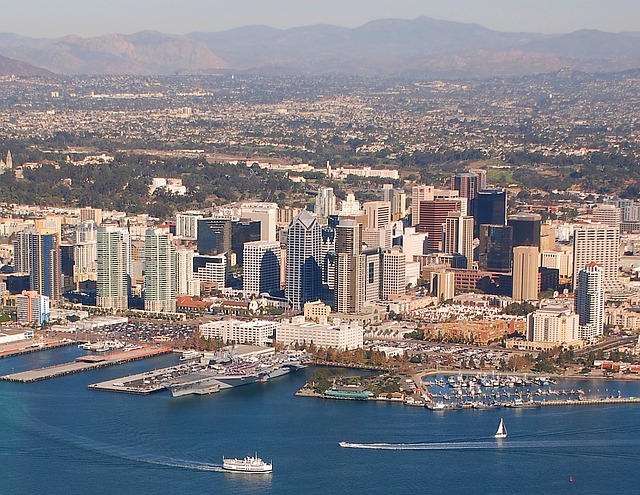
San Francisco, California, USA
- Target: 100% renewable electricity supply community wide by 2030.
- Status: In progress
- RES: Solar power and biogas cogeneration.
- Implementation: San Francisco is a renowned city and county on the central coast of California. In December 2010, a $250,000 grant was awarded to the city from the Sidney Frank Foundation to develop an implementation plan over 12 months to generate 100% of San Francisco’s electricity from renewable sources by 2020 in support of the City’s carbon neutrality goal. By January 2011, the Mayor’s Renewable Energy Task Force was established to develop recommendations to help meet this goal within 10 years. It was headed by the San Francisco Environment Department and comprised of local renewable energy leaders, key stakeholders and other City departments. In 2011, the electricity mix in the city was made up of 16% non-large hydropower renewables, 30% large hydro, 36% fossil fuels, and 18% nuclear.
The Task Force report suggested six strategies to get to 100% renewable power by 2020. First was to increase energy efficiency by promoting energy audits and retrofits through local and state programs; integrating green building and energy labelling; tightening building code energy requirements; and. strengthening retrofit on resale rules. Second was to encourage local renewable energy by streamlining solar permitting and provide online permitting; funding GoSolarSF (the local rooftop solar) incentive program; supporting net metering; developing feed-in tariff for local renewables; integrate renewables on aging downtown distribution grid; and addressing solar system shading. Fourth was to encourage green leases and support community renewable energy legislation on the state level. Fifth was to encourage private sector investment in renewable energy through various measures. And sixth was to expand access to local renewable energy.
Fundamental among these recommendations was the Community Choice Aggregation program (CCA) that allows communities to aggregate the bulk buying power of its citizens to purchase power on the wholesale market and directly from power generators. CCAs give communities the ability to opt out and stay with the local investor owned utility as a provider if they want to. In California, communities have been adopting CCAs to increase their renewable power portfolios and keep more value in the community. San Francisco's CCA program developed CleanPowerSF which today offers a basic plan of 35% renewable power for .25% less than the investor owned utility rates, or a "Super Green" plan for 100% renewable power. As of mid-2013, more than 18.5 MW of in-City renewables had been installed, with 15 MW of solar PV (more than 2,000 systems) citywide and 3.5 MW of biogas cogeneration at the City’s wastewater treatment plants. All public transportation in San Francisco was running on electricity or biodiesel. - Population: 884,363 (2017)
- Area: 231.89 sq mi (600.59 km2)
- Link: San Francisco Climate Action Plan
